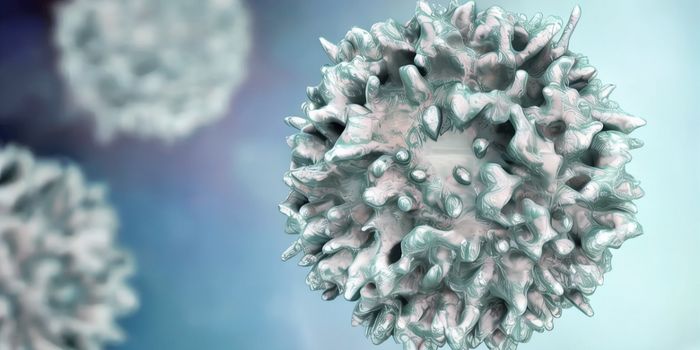Impede Telomerase Activity & Inhibit Cancer Growth?
Telomeres are repetitive sequences found at the very tips of our chromosomes. Both the p and q arms of each chromosome have a “cap” of a TTAGGG repetitive sequence on one strand, and a complimentary AATCCC sequence on the other strand; this is known as the telomere. Telomeres have long been considered of great interest in aging and cancer research because they get shorter every time a cell divides. The older a cell is, the shorter the telomere length becomes for our chromosomes. Telomere presence keeps a chromosome end from fraying or degrading unnecessarily during replication and cellular growth. If all genetic sequences were coding for something and we lost a multitude of base pairs each time a cell divided, we would have a lot more very unusable cells and likely, more genetic diseases due to those gaps in genetic material by the time we are born. Telomeres have been likened by many to the plastic ends on a shoelace. Telomere length in newborns is about 8000 base pairs whereas in adults, it is around 3000. In an elderly individual, telomere length is about 1500 base pairs or less. Each time a normal cell divides, it loses about 30 to 200 base pairs from the telomere region. In tissues where cells do not continually divide, telomere length remains constant.
In cancer cells, their growth and survival depend on replication. They rapidly divide and multiply hundreds of times to become detectable and cause symptoms. How do they do this if telomeres regulate cellular growth levels so that cells can only divide 50 to 70 times before dying?
Cancer cells have figured out a way to restore telomere length using telomerase. Telomerase is a naturally occurring enzyme that adds bases to the ends of telomeres; as a cell divides and ages, there is not enough telomerase left so the shortening cannot be repaired. Telomerase is active in sperm and egg cells.
Some researchers believe that measuring telomerase could be opportunistic in detecting cancer. Still others are working to stop telomerase activity in cancer cells, reducing their ability to replicate an inordinate number of times. One such group published their work in the journal Molecular Cancer in late April 2018. Hajj, J. et al. found a new telomerase regulation pathway which uses a long non-coding RNA sequence called H19. They investigated the expression of H19 and activity of telomerase in vitro and in vivo. Their findings suggest that H19 is able to obstruct telomerase function. The goal is to incorporate these findings into targeted therapy approaches for cancer.
Video Caption: Preventing cancer formation by examining the tumor suppressing process as part of cell crisis, the stage before a cell becomes cancerous.
Sources: Molecular Cancer, Genetic Science Learning Center, Salk Institute,









